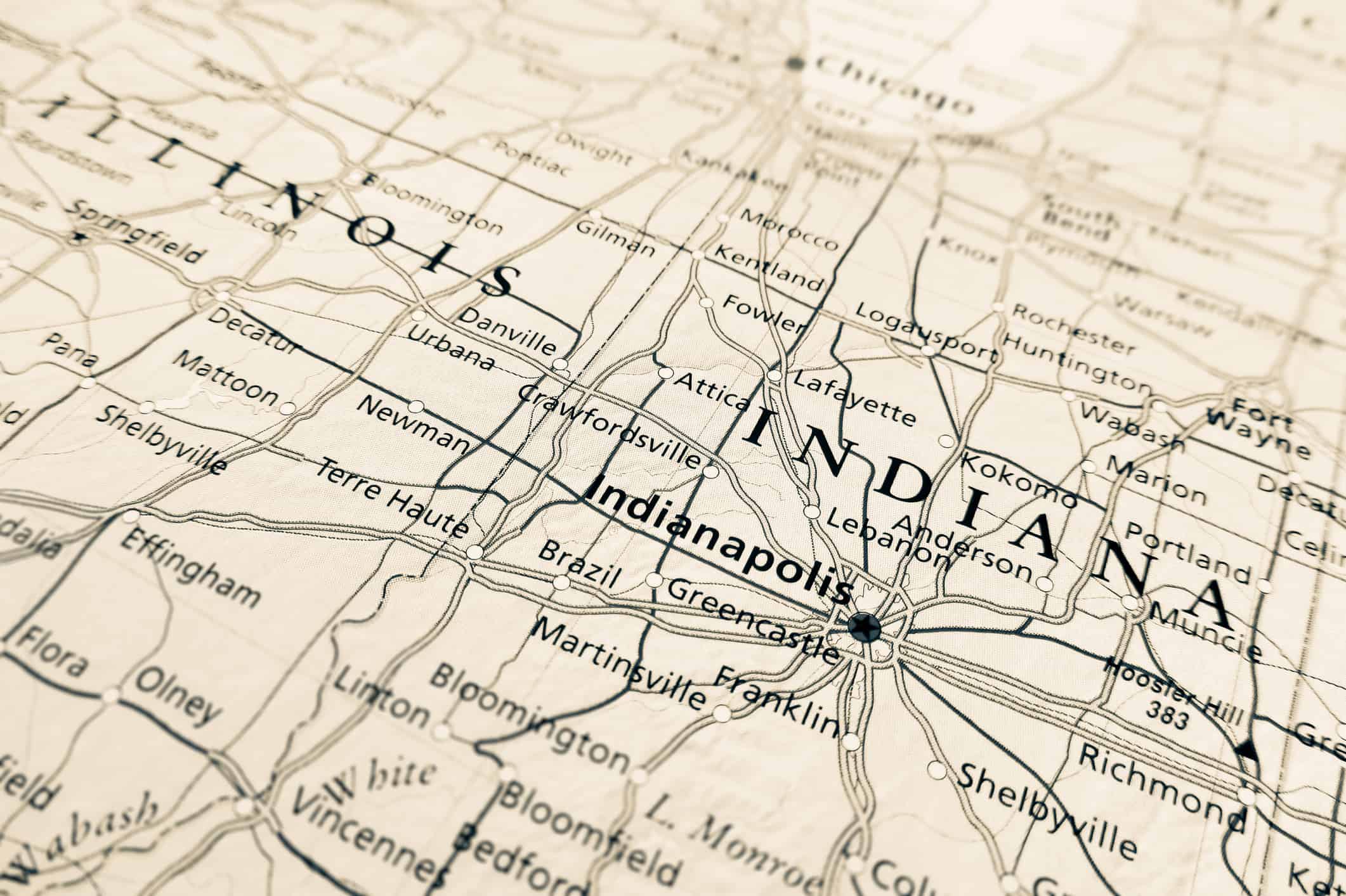The United States has a unique history from its inception. From the American Revolution to Manifest Destiny to the Civil Rights Movement, every era in American history has made waves throughout the world. Every state in the US has historical landmarks that signify so much. Virginia has 123 historic landmarks. Pennsylvania has 169 historic landmarks. But what about Indiana? Originally part of the Northwest Territory that turned into the Indiana Territory, it later became a state in 1816.
Indiana is home to 43 National Historic Landmarks. And we’re going to highlight six of the best ones to visit. We’ll go more in-depth into each of them and add a few fun facts.
Benjamin Harrison Home
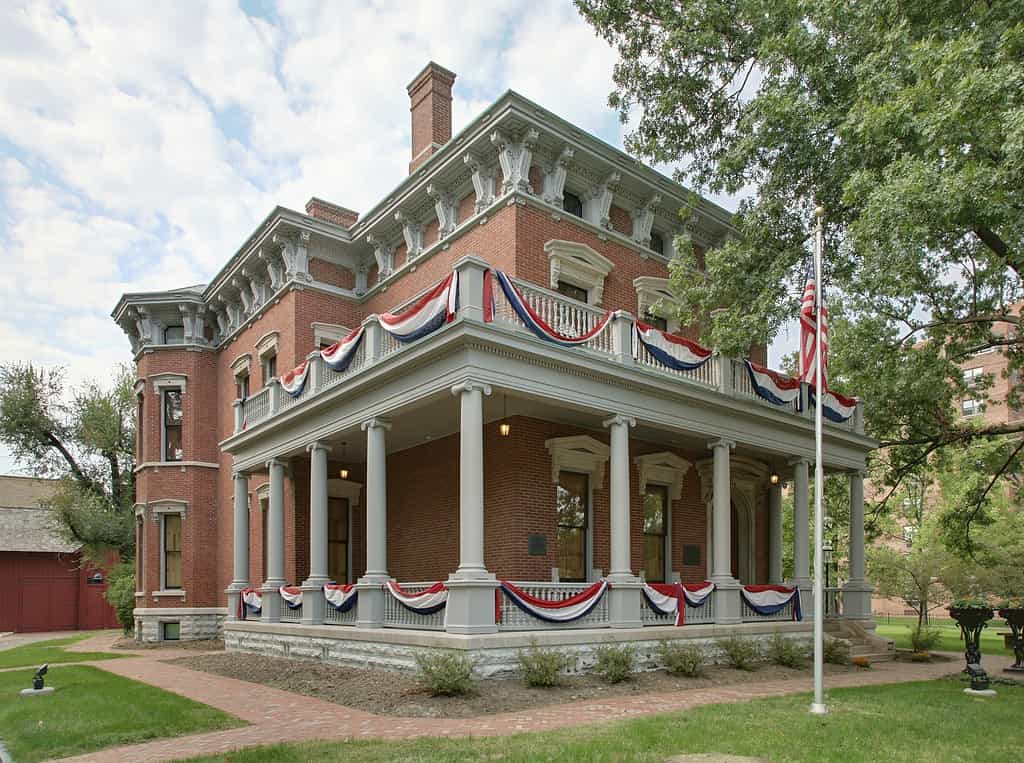
The Benjamin Harrison Home was designated as a National Historic Landmark on January 29, 1964.
Benjamin Harrison was the 23rd President of the United States. He was one of the five presidents who was elected through the Electoral College, even though he lost the popular vote. The Benjamin Harrison Home was where he lived, where he planned his campaign for president, and other important events in his life. Today, you can visit 10 of the original 16 rooms, which have been furnished with original Harrison pieces. Located in Indianapolis, IN, you can visit the house and also the grounds where the house is.
Eugene V. Debs Home
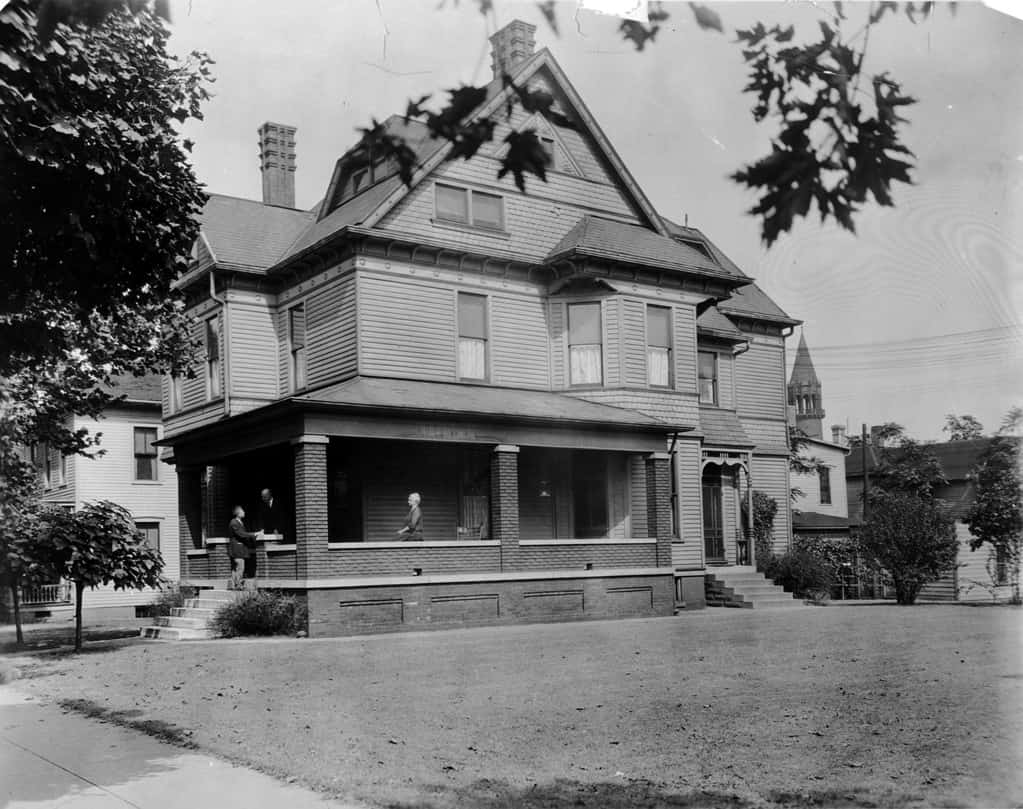
The Eugene V. Debs Home was designated as a National Historic Landmark on November 13, 1966.
Eugene V. Debs was a union leader and also a candidate for president five times representing the Socialist Party. He was also the founder of the International Workers of the World and an advocate for fair working conditions during the 1890s and early 1900s. Hailing from Terre Haute, IN, the Eugene V. Debs Home is currently maintained by the Eugene V. Debs Foundation and the National Park Service, and it is a two-story house and museum that you can visit for free.
Indianapolis Motor Speedway
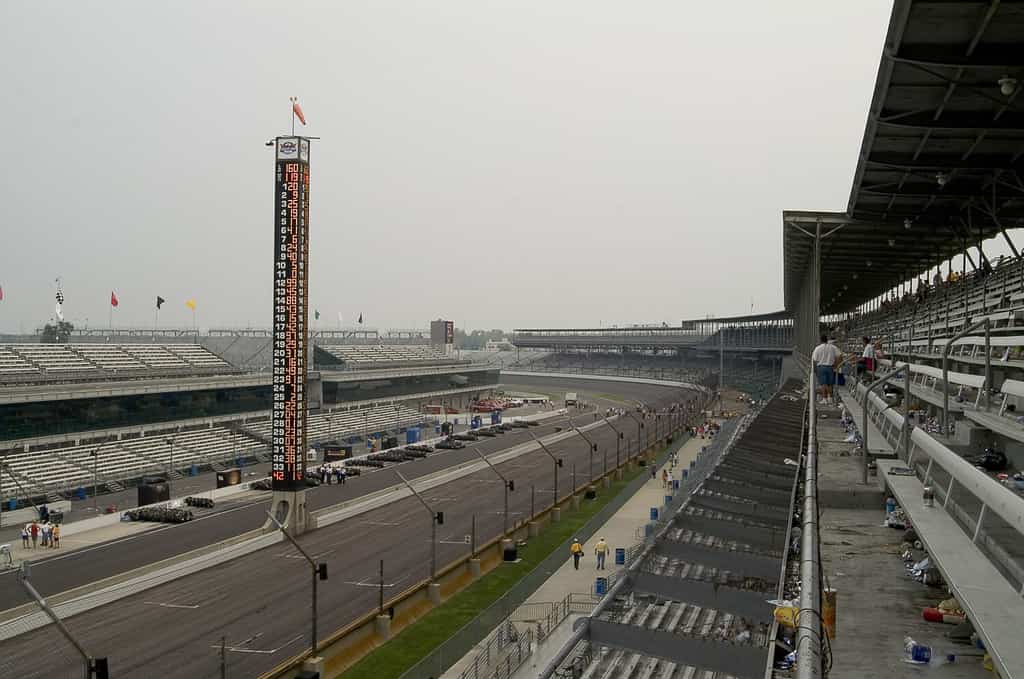
The Indianapolis Motor Speedway was designated as a National Historic Landmark on February 27, 1987.
©Bryan Eastham/Shutterstock.com
The Indianapolis Motor Speedway is located in Speedway, IN and it is the home of both the Indy 500 and the Brickyard 400. The United States Grand Prix and the Indianapolis Motorcycle Grand Prix used to take place at the Indianapolis Motor Speedway for several years. Furthermore, the Indy 500 is one of the most watched and frequented car racing events in the entire world. The speedway has a seating capacity of more than 250,000 people.
Lincoln Boyhood Home
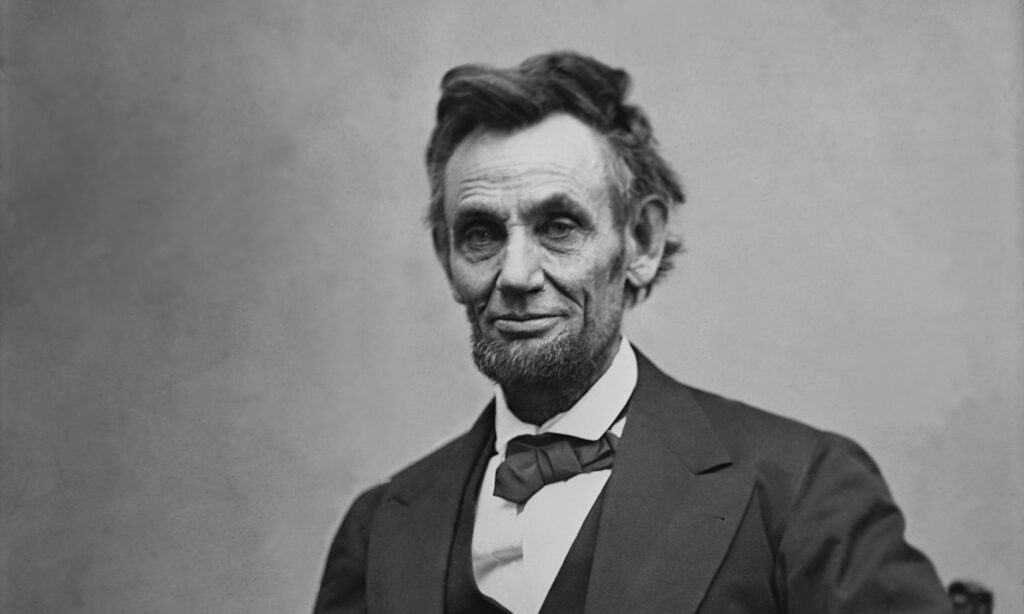
The Lincoln Boyhood Home was designated as a National Historic Landmark on December 19, 1960.
©Everett Collection/Shutterstock.com
Abraham Lincoln was the 16th president of the United States. He was born in Kentucky and he lived in Illinois for most of his life except when he was president and he lived at the White House. However, what most people don’t know is that he also lived in Indiana from 1816 to 1830 as a child. The Lincoln Boyhood Home is a Presidential Memorial and Historic Landmark that preserves the farm where Abraham Lincoln lived. You can go visit the site, which includes the farm, the visitor center, and a museum, as well as the grounds.
Tippecanoe Battlefield
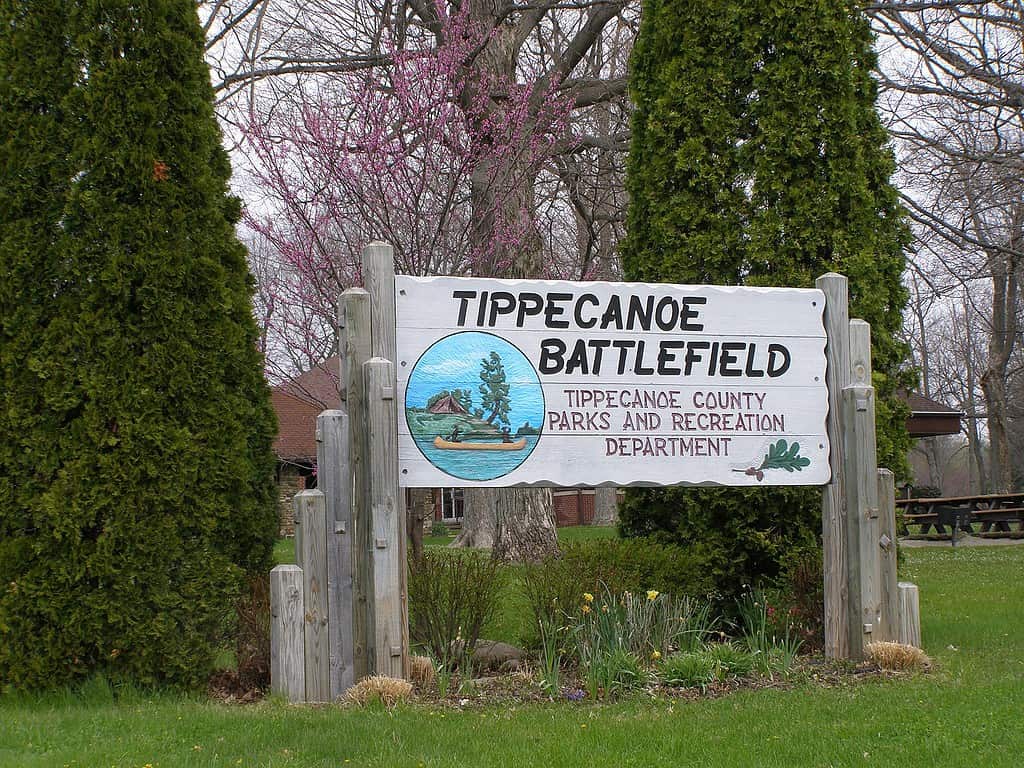
The Tippecanoe Battlefield was designated as a National Historic Landmark on October 9, 1960.
Located near Lafayette, IN, the Tippecanoe Battlefield is a Memorial Park that preserves where the Battle of Tippecanoe was fought on November 7, 1811. Furthermore, the Tippecanoe Battlefield Park was used when William Henry Harrison decided to run for president and he announced his candidacy at the site on May 29, 1840. The location has been huge for tourists around the country, especially military and history enthusiasts. You can visit the park today where there is a museum and walk around the grounds, along with hiking opportunities, too.
Broad Ripple Park Carousel

The Broad Ripple Park Carousel was designated as a National Historic Landmark on February 27, 1987.
©Donna Cazadd Attribution-NonCommercial-ShareAlike (CC BY-NC-SA 2.0) – Original / License
Constructed in 1917, the Broad Ripple Park Carousel is located at the Children’s Museum of Indianapolis. The carousel was built for an amusement park that was located in White River in Indianapolis. That is where it remained until 1956. For many years it was not in use. When the Children’s Museum of Indianapolis was given the carousel they decided to restore it and make it functional again. Today, the carousel can be ridden and it contains 42 animals of different varieties including a deer, a lion, a tiger, and giraffes.
Conclusion
And there you have it, these are six of the best national historic landmarks in Indiana to visit. Each of these historic landmarks represents a time in our nation’s history that shaped what would happen in the future. As you walk through these landmarks, imagine what life was like back then and the history that took place there. It is quite fantastic to think about that.
Thank you for reading! Have some feedback for us? Contact the AZ Animals editorial team.

